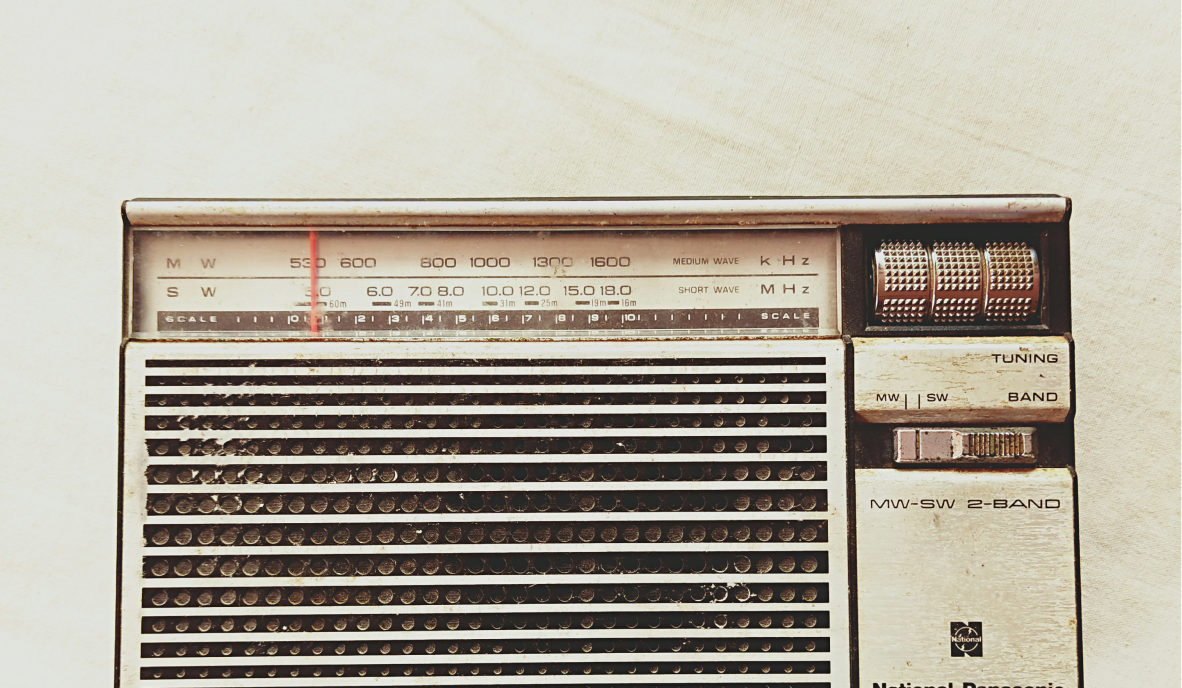The Ultimate Go Bag List for Natural Disasters

Climate change is causing more frequent natural disasters around the world. It's scary, for sure. But one way to ease the worry is to prepare. Go bags are an important step in your disaster preparedness strategy.
What is a Go Bag?
When a disaster strikes, you may be too frazzled to remember what to take with you and what to leave behind. That’s why you need a go bag.
A go bag has all the really important stuff you need should you have to quickly evacuate for an emergency. It should be easy to find and light enough to take with you. You can have one for your home, workplace, and vehicle.
What to Put In A Go Bag
The best time to pack your go bag is before you need it. But don’t overthink it! You may have lots of these go bag items already at home — including the bag itself. Start with a spare backpack or duffel bag you don't use much. Then, check your junk drawers, pantries and cabinets before buying a bunch of new supplies from the list. If you do need to get some things, you may want to check your local Buy Nothing group before buying new.
Remember to check items in your go bag once a year to ensure consumables haven’t expired, batteries haven’t died, and other supplies haven’t degraded.
Supplies
- Backup chargers and batteries (if they're solar-powered, even better!)
- Battery-powered or hand-crank flashlight and radio
- Duct tape
- First aid kit (bandages, antiseptic wipes, antibiotic ointment, gauze, nitrile gloves)
- Permanent marker
- Scissors
- Whistle
- Small blanket or towel
Hygiene & Health
- Medications
- N95 masks and/or high-quality respirator masks
- Menstrual supplies
- Toilet paper
- Any necessary disability care items such as glasses or cane
- Hand sanitizer
- Toothbrush and toothpaste
Pro-tip: Waterless personal care like toothpaste tablets and bar soap are efficient additions to go bags. Here are some picks from our favorite sustainable brands.
Food & Water
- Three days of non-perishable food and disposable cutlery as needed
- Water bottles (one gallon of water per day per person)
- Water purification tools such as tablets and straws
Important Resources
- Cash in small bills
- Important documents, originals or copies. Photos can work too. (insurance papers, identification)
- Physical list of emergency contact names, addresses, and phone numbers
- Physical map of your area with exit routes marked
If you have kids, you should also consider taking some comfort items such as toys, stuffed animals, or headphones.
{{cta-join2}}
Pet Prep
Don't forget to prep for your pets too! Here are some essentials to get ready:
- Bowls for water and food
- Carrier for Small Pets
- Foot Protection
- ID Collar
- Leash
- Medications
- 3 days of non-perishable food (wet food is best for hydration)
- Small blanket or towel
When disaster strikes, you may only have time to grab your go bag and dash. If you have a bit of time and space, you may want to consider packing up printed photos and small sentimental items. If you have these items on display in your home, make a short list so it's easier to grab them before you go. If they're not on display, you can add them to your go bag now.
Finally, disasters can affect our homes and belongings in unpredictable ways. You may need to file an insurance claim afterward. To ensure a smooth claims process, take photos and videos of all valuable items in your home — including those stored away in drawers. Document everything thoroughly before disaster strikes.
Join the community

















